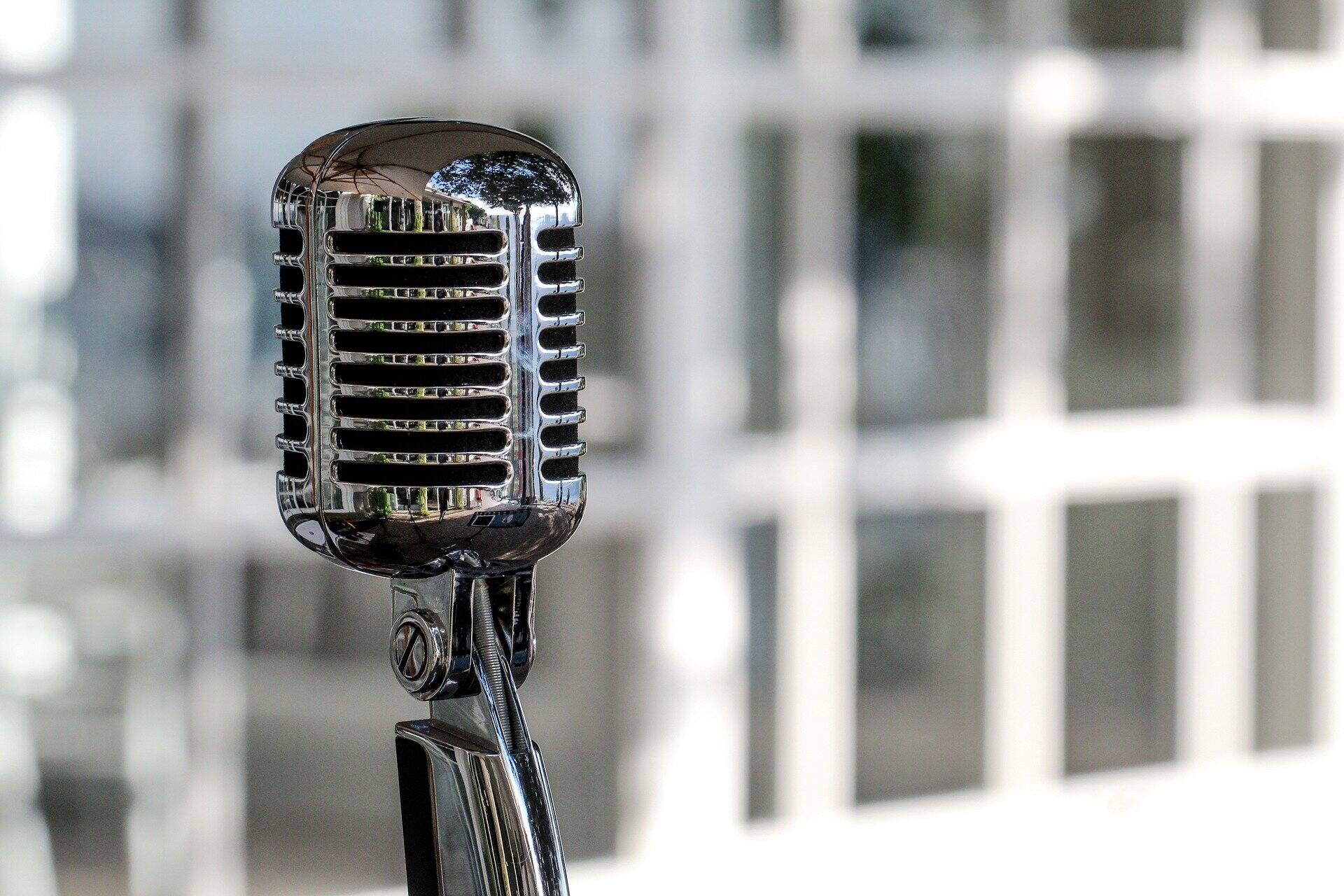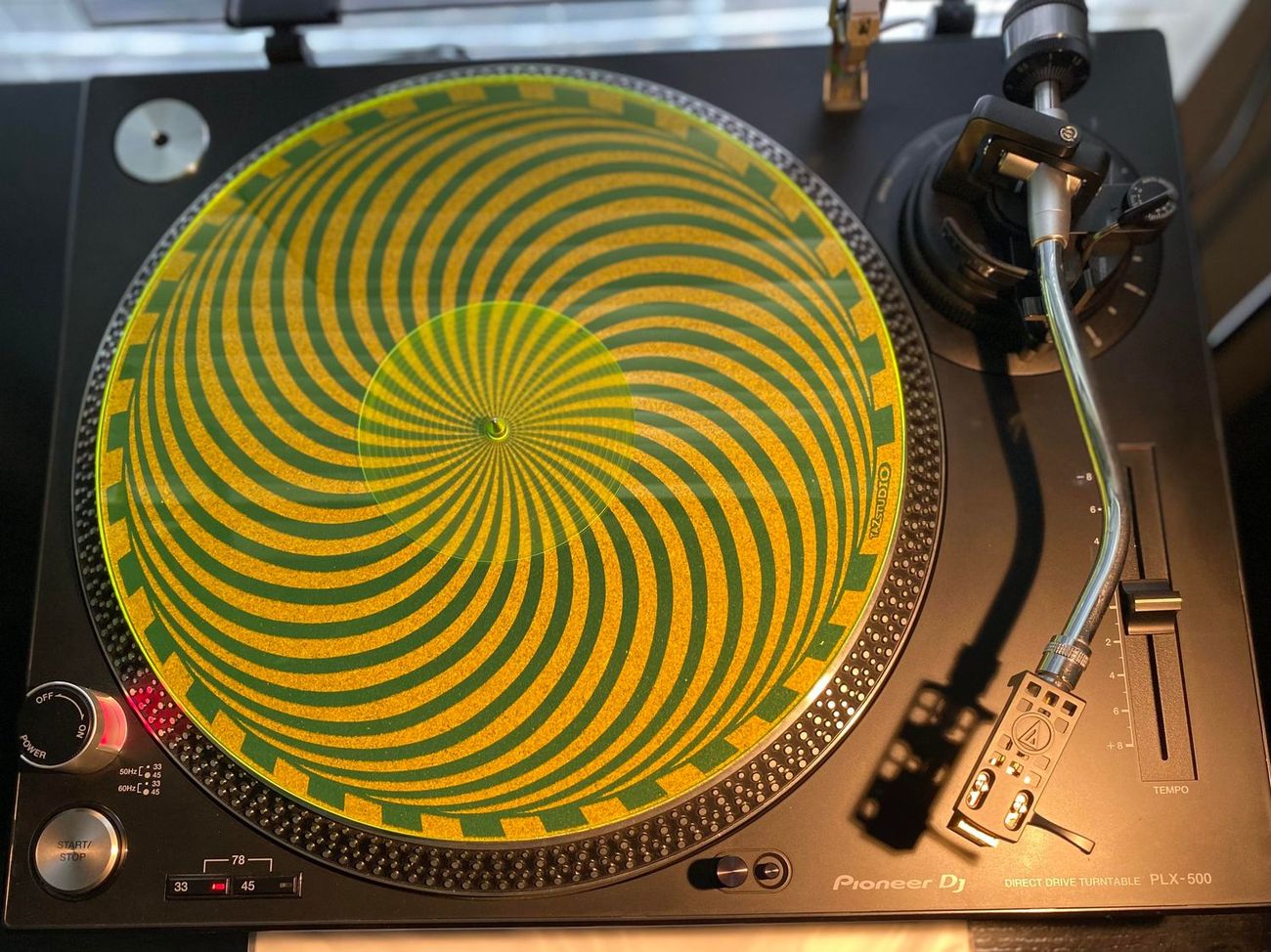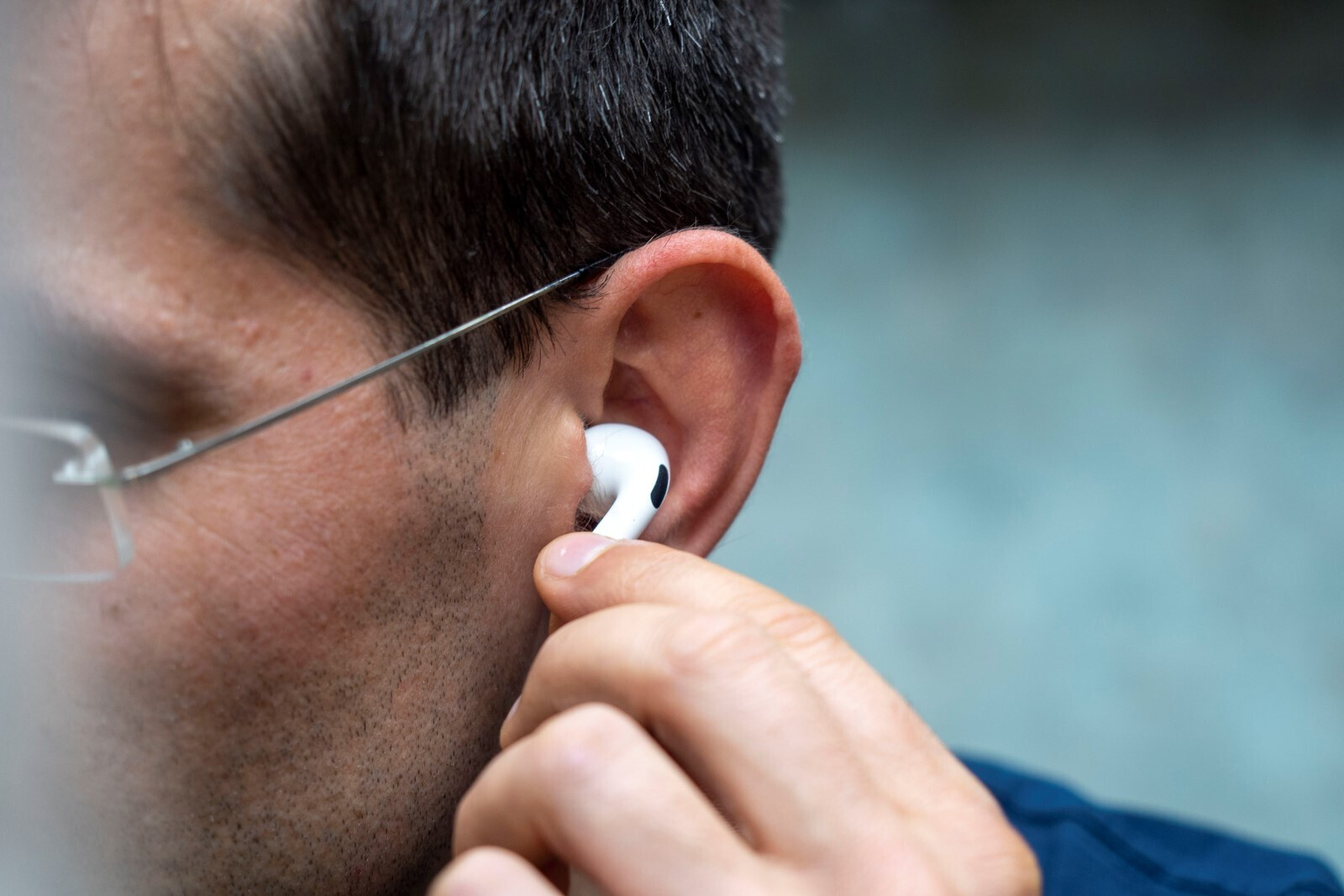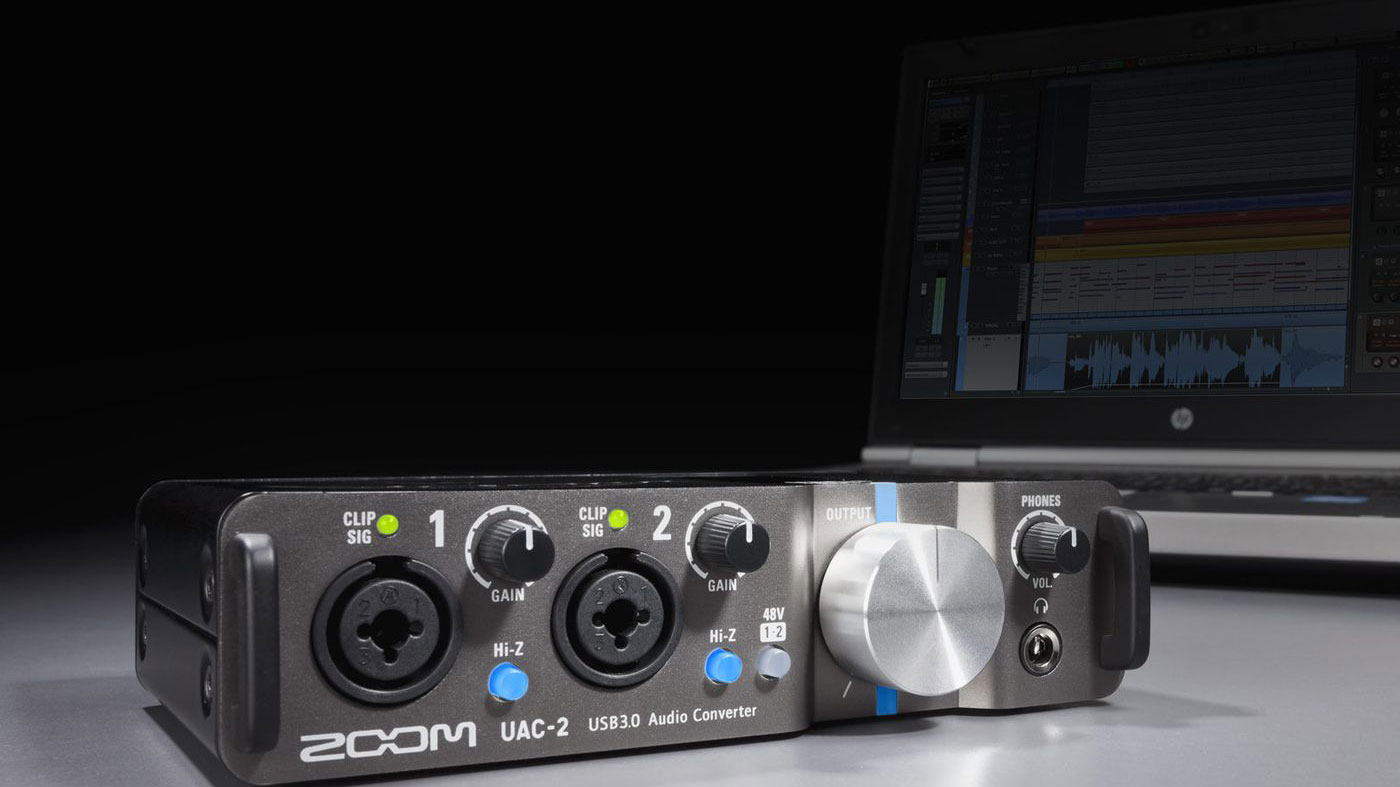Home>Devices & Equipment>Microphone>How To Get Rid Of Static On Microphone
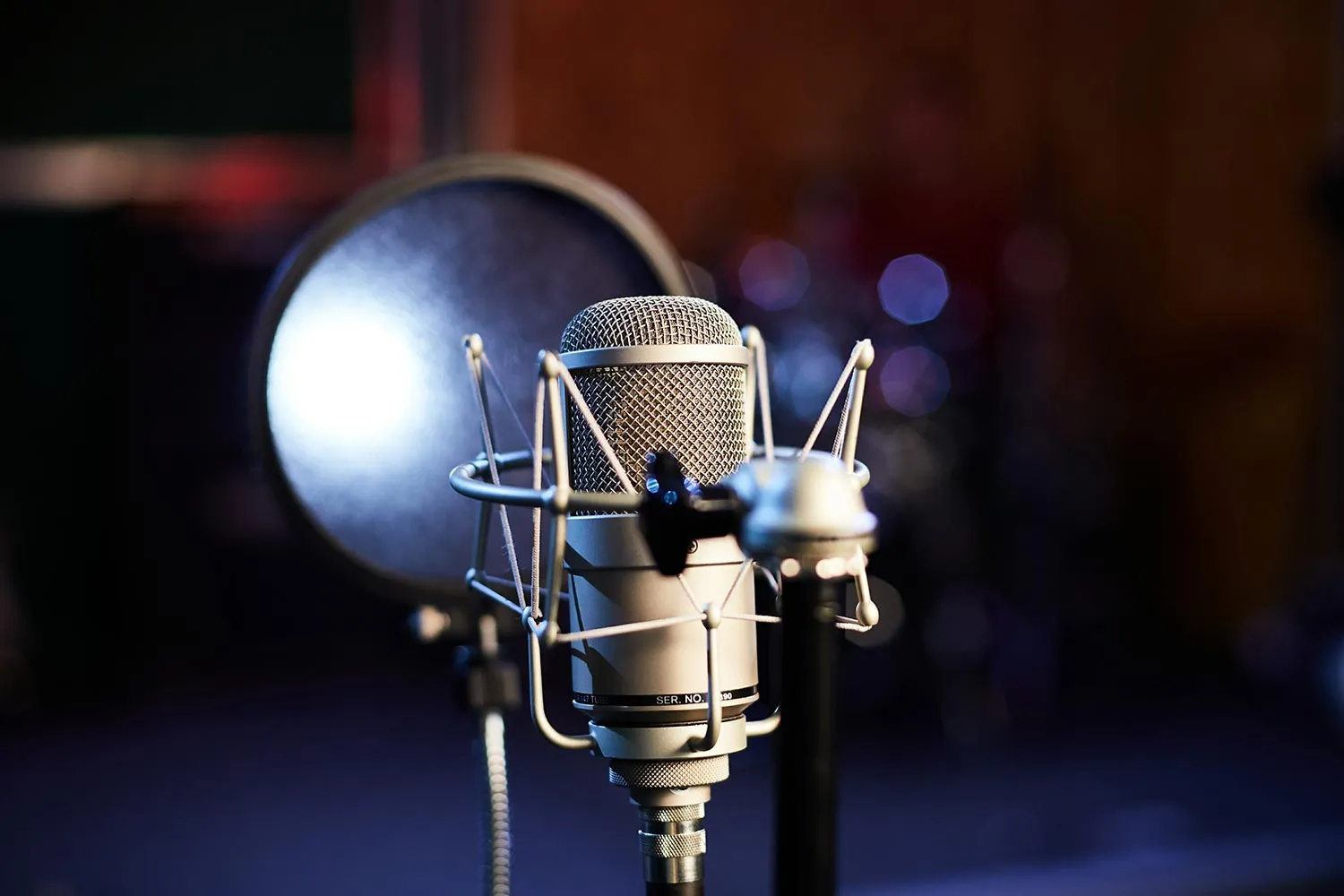

Microphone
How To Get Rid Of Static On Microphone
Published: February 17, 2024
Learn effective techniques to eliminate static on your microphone and improve audio quality. Discover tips for reducing interference and achieving clear sound.
(Many of the links in this article redirect to a specific reviewed product. Your purchase of these products through affiliate links helps to generate commission for AudioLover.com, at no extra cost. Learn more)
Table of Contents
Introduction
Static on a microphone can be a frustrating and disruptive issue, affecting the quality of audio recordings, live performances, and virtual meetings. Whether you're a content creator, musician, podcaster, or professional using a microphone for communication, dealing with static can be a significant obstacle. Fortunately, understanding the causes of microphone static and implementing effective troubleshooting techniques can help you minimize or eliminate this unwanted noise.
In this comprehensive guide, we will delve into the world of microphone static, offering valuable insights and practical solutions to help you achieve clear and professional-quality audio. From basic troubleshooting steps to advanced techniques and the use of external equipment, we will equip you with the knowledge and tools necessary to combat static and elevate the performance of your microphone.
So, if you've ever been plagued by the persistent crackling, popping, or hissing sounds that accompany microphone static, you're in the right place. By the end of this guide, you'll be well-versed in the art of identifying, addressing, and preventing static on your microphone, empowering you to deliver pristine audio in any setting. Let's embark on this journey to conquer microphone static and unlock the full potential of your audio recordings and live presentations.
Understanding Static on Microphones
Before delving into the troubleshooting process, it’s essential to grasp the nature of static and its impact on microphone performance. Microphone static, often characterized by unwanted crackling, popping, or hissing sounds, can stem from various sources, including electromagnetic interference, cable issues, environmental factors, and equipment malfunctions.
Electromagnetic interference, commonly caused by nearby electronic devices or power sources, can induce static in microphones, leading to disruptive noise during audio capture. Additionally, damaged or improperly connected cables can introduce interference and compromise the signal integrity, resulting in static-laden recordings or live audio.
Environmental factors such as humidity, temperature fluctuations, and airborne particles can also contribute to microphone static, especially in outdoor or challenging indoor settings. Furthermore, equipment malfunctions, including faulty components or aging hardware, may manifest as static, necessitating thorough diagnosis and resolution.
Understanding the multifaceted nature of microphone static is crucial for implementing targeted troubleshooting strategies. By discerning the potential sources of static, you can effectively identify and address the underlying issues, restoring the clarity and fidelity of your microphone’s audio output.
Throughout this guide, we will explore the diverse factors that can give rise to static on microphones, empowering you to navigate the intricacies of audio troubleshooting with confidence and expertise. With a solid understanding of the dynamics of microphone static, you’ll be well-prepared to embark on the journey toward pristine and professional-quality audio recordings.
Identifying the Source of Static
When confronted with microphone static, pinpointing the precise source of the issue is a critical initial step in the troubleshooting process. By systematically evaluating potential sources of interference and hardware-related anomalies, you can streamline the diagnostic process and expedite the resolution of static-related issues.
One common source of static is electromagnetic interference (EMI) stemming from electronic devices in close proximity to the microphone. To identify EMI as the culprit, consider the presence of electronic equipment such as computers, mobile phones, or fluorescent lighting fixtures near the microphone setup. Additionally, power sources and electrical cables running parallel to audio cables can exacerbate EMI, warranting a thorough assessment of the surrounding environment.
Furthermore, inspect the microphone’s cables and connectors for signs of wear, damage, or improper connections. Frayed cables, loose connections, or corroded connectors can introduce signal degradation and static, impeding the microphone’s performance. By meticulously examining the physical integrity of the cabling infrastructure, you can uncover potential issues that may be contributing to static.
Environmental factors should also be considered when identifying the source of static. High humidity levels, temperature variations, and airborne particles can influence the behavior of microphones, potentially leading to static-related disturbances. Assessing the environmental conditions in which the microphone operates can provide valuable insights into the origins of static issues.
Moreover, conducting a comprehensive evaluation of the microphone and its associated audio equipment is essential. Inspect the microphone diaphragm, internal circuitry, and external components for signs of damage, aging, or irregularities that could contribute to static. By methodically examining the hardware components, you can gain a deeper understanding of potential sources of static and expedite the troubleshooting process.
Throughout the identification phase, meticulous observation, environmental assessment, and thorough hardware inspection are paramount. By honing your ability to discern the source of static, you can pave the way for targeted and effective troubleshooting, ultimately restoring your microphone to optimal performance.
Basic Troubleshooting Steps
When grappling with microphone static, employing fundamental troubleshooting steps can often yield swift and effective solutions, mitigating the impact of unwanted noise and restoring audio clarity. By systematically addressing common issues and employing practical techniques, you can navigate the troubleshooting process with confidence and precision.
1. Cable Inspection: Begin by examining the microphone’s cables and connectors for any signs of wear, damage, or loose connections. Replace or repair compromised cables to eliminate potential sources of interference and static.
2. Environmental Assessment: Evaluate the environmental conditions in which the microphone operates. Minimize exposure to high humidity, extreme temperatures, and airborne particles, as these factors can contribute to static. Consider utilizing a pop filter to mitigate the impact of environmental elements on microphone performance.
3. Electromagnetic Interference Mitigation: Identify and relocate electronic devices or power sources that may be inducing electromagnetic interference. Position the microphone away from such sources and utilize shielded cables to minimize the impact of EMI on audio quality.
4. Equipment Isolation: Isolate the microphone and its associated audio equipment from potential sources of interference. Position the microphone away from power cables, electronic devices, and other audio equipment to reduce the likelihood of static induction.
5. Firmware and Software Updates: If the microphone interfaces with digital audio workstations or software applications, ensure that the firmware and software are up to date. Manufacturers often release updates to address performance issues, including static-related anomalies.
6. Test in Different Environments: Assess the microphone’s performance in various physical settings to discern the impact of environmental factors on static. By conducting tests in diverse environments, you can gain valuable insights into the nature of the static issue.
By implementing these basic troubleshooting steps, you can address common sources of microphone static and enhance the overall audio quality. These foundational techniques serve as a springboard for more advanced troubleshooting endeavors, empowering you to tackle static-related challenges with proficiency and precision.
Advanced Troubleshooting Techniques
While basic troubleshooting steps can often resolve common microphone static issues, advanced techniques offer a more comprehensive approach to diagnosing and mitigating complex static-related challenges. By delving deeper into the intricacies of audio equipment and environmental factors, you can refine your troubleshooting methodology and achieve enhanced audio clarity.
1. Signal Path Analysis: Conduct a thorough analysis of the microphone’s signal path, including preamplifiers, audio interfaces, and recording devices. Identify potential points of signal degradation or interference and optimize the signal path to minimize static-inducing factors.
2. Grounding and Shielding: Evaluate the grounding and shielding mechanisms within the microphone setup. Proper grounding and shielding are essential for mitigating electromagnetic interference and minimizing static. Ensure that all components are effectively grounded and shielded to maintain signal integrity.
3. Component-Level Inspection: If feasible, perform a detailed inspection of the microphone’s internal components and circuitry. Check for damaged capacitors, resistors, or other electronic components that may contribute to static. Engage the services of a qualified technician for intricate component-level diagnostics if necessary.
4. Interference Analysis Tools: Utilize specialized tools such as spectrum analyzers and EMI detectors to identify and analyze sources of interference. These advanced instruments provide valuable insights into the nature and origin of static, facilitating targeted mitigation strategies.
5. Environmental Control Measures: Implement environmental control measures, such as acoustic treatment and climate regulation, to minimize the impact of environmental factors on microphone performance. Creating an acoustically optimized and stable environment can significantly reduce static-related disturbances.
6. Collaborative Diagnostics: Engage with audio engineers, technicians, or online communities to leverage collective expertise in diagnosing and resolving static issues. Collaborative diagnostics can provide diverse perspectives and innovative solutions, enriching the troubleshooting process.
By integrating these advanced troubleshooting techniques into your diagnostic repertoire, you can address intricate static-related challenges with precision and expertise. These methods empower you to unravel complex static issues, elevate audio quality, and optimize the performance of your microphone in diverse recording and live sound scenarios.
Using External Equipment to Minimize Static
In addition to traditional troubleshooting methods, the strategic integration of external equipment can significantly reduce and mitigate static issues, enhancing the overall performance of microphones in diverse audio environments. By leveraging specialized tools and accessories, you can proactively address static-related challenges and optimize audio quality with precision.
1. Isolation Transformers: Integrate isolation transformers into the microphone’s signal chain to effectively mitigate electromagnetic interference and ground loop-induced static. These transformers isolate the audio signal from potential sources of interference, safeguarding against disruptive static.
2. Power Conditioners: Incorporate power conditioners into the audio setup to stabilize and filter the incoming electrical supply, minimizing the impact of power-related disturbances on microphone performance. Power conditioners serve as a robust defense against power-induced static and audio anomalies.
3. RF Filters: Deploy radio frequency (RF) filters to attenuate and eliminate RF interference that may compromise the clarity of microphone recordings. These filters effectively block unwanted RF signals, reducing the incidence of static and enhancing audio fidelity.
4. Hum Eliminators: Employ hum eliminators to address ground loop-induced hum and static, particularly in scenarios where multiple audio devices are interconnected. These devices neutralize ground loop issues, ensuring pristine audio quality devoid of disruptive static artifacts.
5. EMI Shielding: Utilize EMI shielding materials and enclosures to safeguard the microphone and associated audio equipment from electromagnetic interference. By creating an EMI-resistant environment, you can fortify the audio signal against static-inducing external influences.
6. Dynamic Noise Processing Units: Integrate dynamic noise processing units that feature advanced noise reduction algorithms to effectively suppress static and environmental disturbances in real time. These units offer dynamic noise mitigation capabilities, enhancing the clarity and intelligibility of audio recordings.
By judiciously incorporating external equipment tailored to address specific static-related challenges, you can fortify your microphone setup against a spectrum of interference sources, ensuring pristine audio quality and minimizing the disruptive impact of static in recording and live sound applications.
Conclusion
Armed with a comprehensive understanding of microphone static and a diverse array of troubleshooting techniques, you are now equipped to conquer static-related challenges and elevate the performance of your microphone in various audio contexts. By discerning the multifaceted sources of static, implementing fundamental and advanced troubleshooting methodologies, and strategically integrating external equipment, you can effectively minimize and eliminate static, paving the way for pristine audio recordings and live sound experiences.
As you embark on your journey to combat microphone static, remember that meticulous observation, environmental assessment, and hardware inspection are pivotal in identifying the root causes of static. By embracing collaborative diagnostics and leveraging specialized tools, you can unravel complex static issues with precision and expertise.
Furthermore, the strategic deployment of external equipment, including isolation transformers, power conditioners, RF filters, and dynamic noise processing units, offers a robust defense against a spectrum of static-inducing factors, fortifying your microphone setup and enhancing audio fidelity.
With these insights and techniques at your disposal, you possess the knowledge and proficiency to transform static-laden audio into pristine, professional-quality recordings and live performances. By applying these strategies with diligence and ingenuity, you can harness the full potential of your microphone and deliver captivating, crystal-clear audio in any endeavor.
Embrace the art of troubleshooting, harness the power of external equipment, and let your passion for exceptional audio propel you toward a world free from the disruptive grip of microphone static. Your dedication to audio excellence will resonate in every recording, presentation, and performance, captivating audiences and elevating your creative endeavors to new heights.

